Nana(7)+Kusa(grass/herbs/weeds) make a combined word ”Nanakusa”, which means two sets of the seven herbs/flowers representing both spring and autumn respectively. The seven herbs of spring are Seri (Japanese parsley), Nazuna (Shepherd’s purse), Gogyo (Cotton weed), Hakobera (Chickweed), Hotokenoza (Henbit), Suzuna (Turnip) and Suzushiro (Japanese radish). These wild herbs are edible, and we eat Nanakusa-gayu (Rice gruel with above7 herbs) in hopes of longevity and health on the 7th of January, which comes from an ancient Chinese custom to ward off evil.
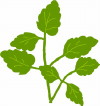







We have another set of seven flowers of autumn, which are Hagi (Bush clover), Obana (Japanese pampas grass), Kuzu (Kudzu), Nadeshiko (Pink), Ominaeshi (Yellow flowered valerian), Fujibakama (Thoroughwort), and Kikyou (Bellflower).

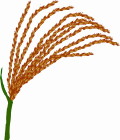
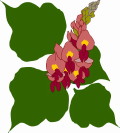
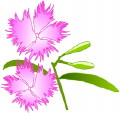
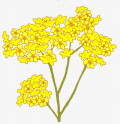

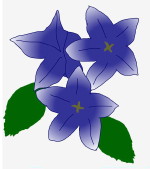

These flowers are not for eating, but for visual enjoyment. They are not showy but small and dainty with beautiful colors.They say they were mentioned as typical fall flowers in verse of Manyoshu, an old Japanese anthology.


